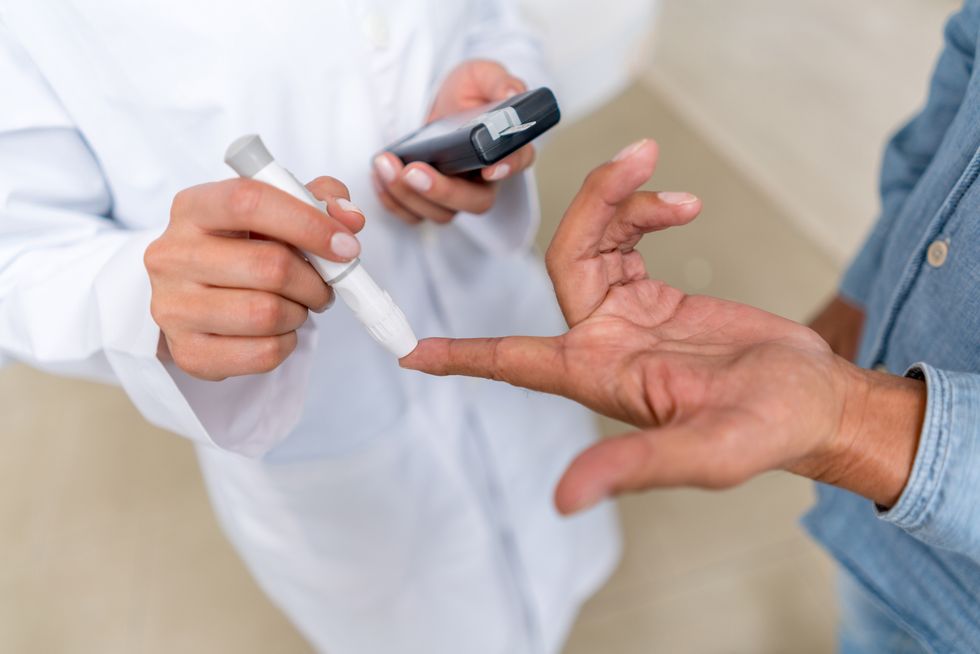Since the information technology boom, we have seen advancements in various fields, but the most noticeable developments have been in the medical industry.
A wide range of medical health devices have been introduced in the healthcare industry by healthcare marketing companies, such as Device Pharm. These devices help in administering the best possible healthcare services to the patients. It has improved the quality of healthcare, new medications have been developed and have enabled doctors to counter problems effectively and efficiently. In the last decade alone, thousands of devices have been introduced, but the top modern health devices that do and can offer the greatest benefits nowadays are:
Melanoma Biopsies
Source: Chicagotribune.com
Melanoma is the most deadly form of skin cancer. A large number of dangerous-looking moles form on your skin, but they can often be harmless. However, it is difficult to determine if they are safe or not without performing an invasive surgical biopsy. Today, a handheld tool can be used by dermatologists in making the right call. The FDA has approved this tool for doing a multispectral analysis of the skin tissues. While the MelaFind optical scanner cannot be used for making a definitive diagnosis, it can provide doctors with additional information that can be used to decide whether a biopsy is needed or not. The purpose is to reduce the number of people who are left with biopsy scars that might be unnecessary.
Needle-Free Diabetes Care
Source: Cardiff University
Diabetes self-care can be painful and a headache. You have to constantly draw blood for testing your glucose levels and administer insulin shots on a daily basis, which can heighten the risk of infection due to so much poking. Even though people have now begun to use insulin pumps and glucose monitors for blood sugar management, there is still a need for shots and skin pricks. Luckily, an alternative in the form of a transdermal biosensor is currently being developed, which can replace the poke with a patch as it will be able to read blood analytes via the skin and not have to draw blood. The device is like an electric toothbrush and only removes the top-layer skin cells for checking the blood chemistry with a biosensor. A reading is collected every minute and the data is sent to a remote monitor wirelessly.
Robotic Checkups
The field of robotics has also gotten considerably advanced and is being employed in the medical industry for delivering better services to people. New medical robots have been developed for patrolling hallways in hospitals and doing the routine rounds. They are also able to check on patients in different rooms and can also manage their individual charts as well as vital signs without requiring direct human intervention. Some robots have also been created to assist nurses in performing their duties. For instance, if the patient has to be moved and a nurse doesn’t have the physical strength, a robot can take up the job.
Hearth Health
An alternative has been introduced for open-heart surgery in the form of the Sapien transcatheter aortic valve, which is essentially life-saving for patients who need new valves, but don’t have the strength to survive under the rigorous surgical procedure. It is ideal for use in frail patients. A small incision is made near the rib cage or grown and the catheter is used for guiding the Sapien valve through the femoral artery. The bovine tissue has been used for making the valve and it is attached to a stent made of stainless steel. A small balloon is used to inflate it when it has been placed correctly in the valve space. It reduces the hospitalization period thereby reducing the cost of care needed.




















